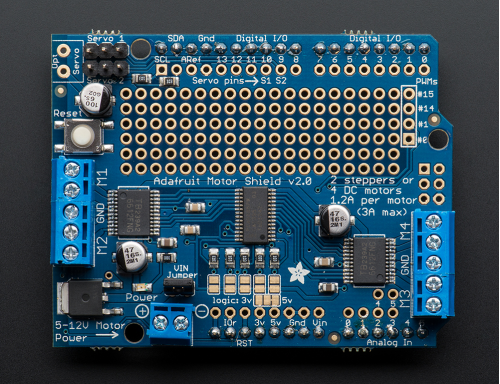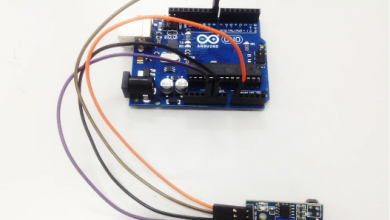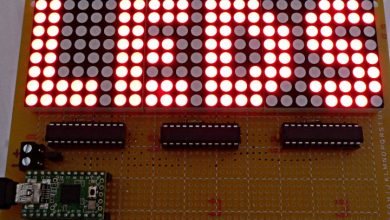Arduino Servo Shield

Introduction to Arduino Servo Shields
The servo shield is the epitome of creativity and usefulness among Arduino aficionados. Servo shields, which are made to increase the functionality of Arduino microcontrollers, provide several advantages, including accurate motor control and expedited project creation. We go further into the nuances of Arduino servo shields in this extensive article, examining their benefits, uses, and features.
Understanding Arduino Servo Shields
Essentially, an Arduino servo shield is an extension board designed with the purpose of making it easier to connect and operate many servo motors using an Arduino microcontroller. Typically, these shields have specific PWM (Pulse Width Modulation) pins that allow for exact control over servo motor motions. Serving as an interface between a servo shield and an Arduino board, users may quickly and easily incorporate servo motors into a variety of projects, from robotics and automation to DIY devices and prototyping.
Features and Specifications
Arduino servo shields are equipped with a number of features that are intended to improve project flexibility and simplify motor control. Typical characteristics include the following:
1. Several Servo Connections: By providing several channels for attaching servo motors, servo shields enable users to control many motors at once.
2. PWM Pins: Accurate and smooth operation is made possible by dedicated PWM pins, which provide fine control over servo motor motions.
3. Stackable Design: An advantageous aspect of many servo shields is their stackable design, which makes it easy to integrate them with other Arduino expansion boards.
4. Power Supply Options: To ensure there is enough power to run several servo motors, servo shields may have options for external power sources.
Applications in Robotics and Automation
Because of their adaptability, Arduino servo shields are invaluable in a wide range of industries, with robotics and automation being two of their most popular uses. Servo shields in robotics provide for precise control over grippers, robotic arms, and other moving parts, making complex jobs and movements possible. Additionally, servo shields are essential for controlling conveyor belts, actuators, and other gear in automation applications, which increases productivity and efficiency.
Advantages of Using Arduino Servo Shields
Using Arduino servo shields has several benefits for professionals, amateurs, and enthusiasts alike:
1. Easy to Use: By removing the need for intricate wiring and setups, servo shields make it easier to connect and control servo motors.
2. Exact Control: Servo shields provide smooth and accurate operation by providing exact control over servo motor motions through the use of dedicated PWM pins.
3. Scalability: Users may extend their projects and add more servo motors as needed since the stacking of numerous shields facilitates scalability.
4. Compatibility: Servo shields are made to work with Arduino microcontrollers in a smooth and seamless manner, making them compatible with a variety of projects and applications.
Conclusion
In conclusion, Arduino servo shields are a major source of innovation in the field of projects utilizing microcontrollers. Servo shields enable experts and hobbyists to realize their ideas with unmatched accuracy and efficiency because to their extensive range of applications, accurate control capabilities, and diverse features.



